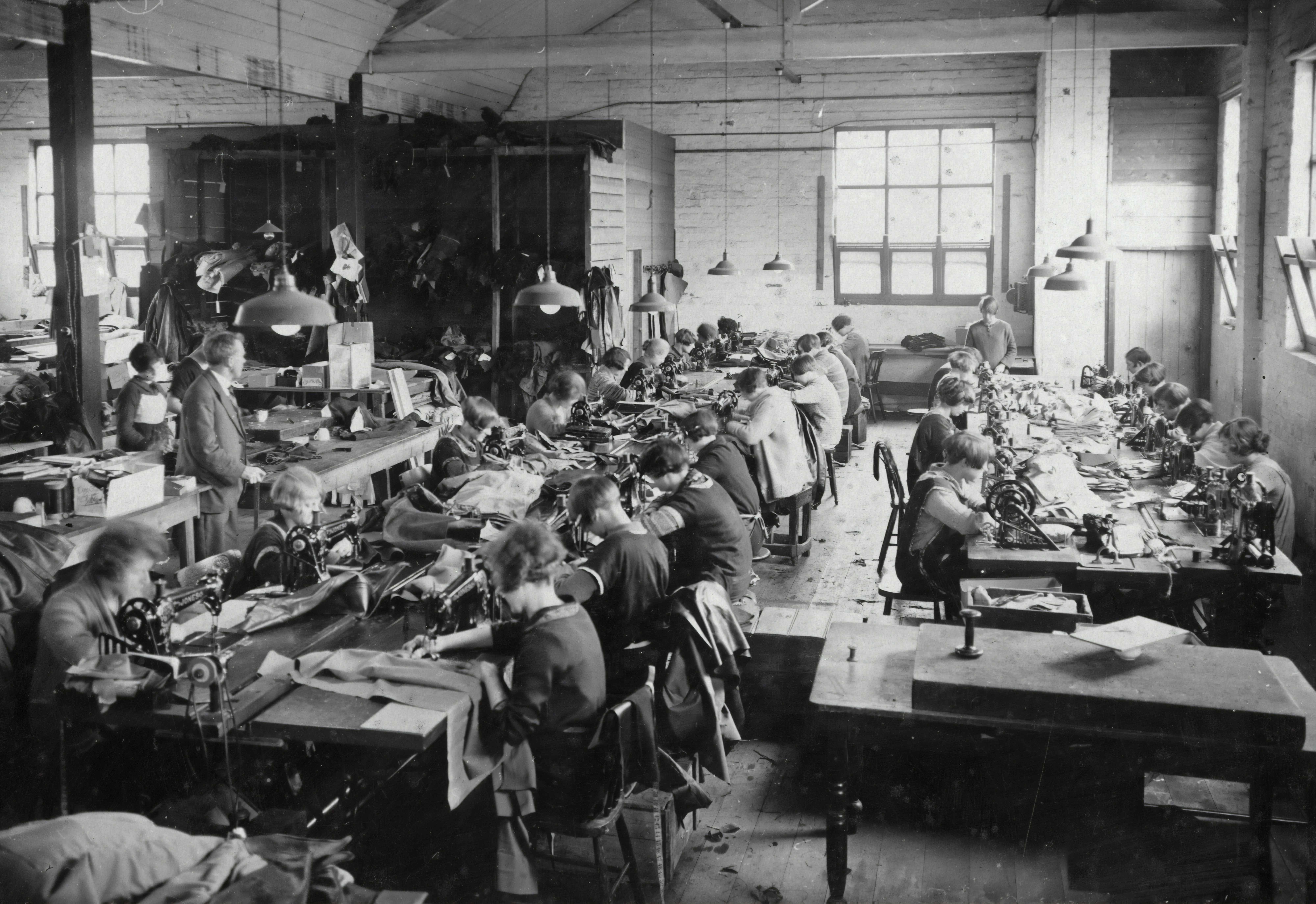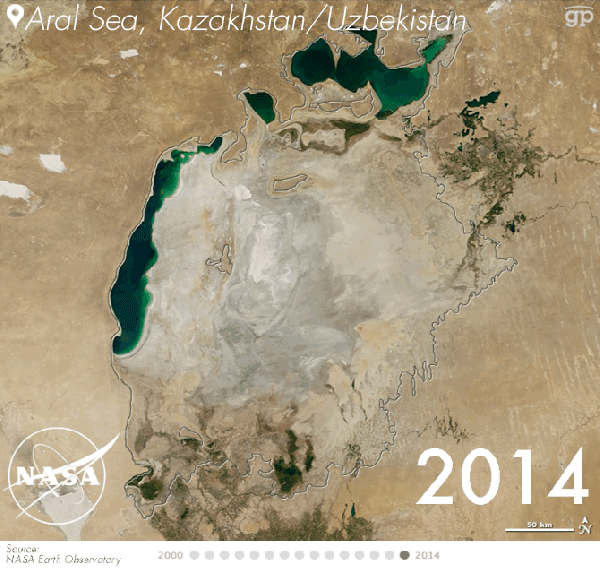
Cotton is a relic of the Industrial Revolution
Cotton shaped the modern textile industry. But it's outdated. It consumes more land, more water, and more chemicals than almost any other crop — yet it still dominates our clothes, our homes, and our supply chains.
of global farmland
of world's pesticides
Fresh water shouldn't be fueling fast fashion
In cotton-producing nations, fresh water is diverted from people and ecosystems to irrigate thirsty fields. Rivers dry up, soils degrade, and communities suffer — just to produce another fast-fashion T-shirt.
Water needed for one cotton T-shirt
Of global freshwater used for textile production

The Aral Sea Disaster
90% disappeared due to cotton irrigation (NASA)
Cheap clothes come at a high price
Fast fashion has amplified the problem. Chasing trends, we churn out clothes that barely last a season — and cotton's heavy footprint multiplies with every cycle.
Tons of textile waste annually
Garments produced yearly
Of global carbon emissions
The average garment is worn just 7 times before disposal
Meanwhile, each cotton T-shirt requires enough water for one person to drink for 2.5 years
There's a better fiber. It's been here all along.
Hemp is stronger, more sustainable, and grows with a fraction of the resources cotton demands. It doesn't need heavy irrigation or pesticides — and it can thrive in diverse climates.
Hemp
Cotton
Water Efficient
Uses 50% less water than cotton while producing stronger, more durable fibers.
Chemical Free
Grows naturally without pesticides, protecting soil health and biodiversity.
Climate Resilient
Thrives in diverse climates and poor soils where cotton cannot survive.
We're not just selling fabric. We're creating a movement.
Dope Textile is an online marketplace and news hub built to accelerate the shift to hemp-based textiles. We connect innovators, brands, and conscious consumers to create lasting change — one garment, one story, one choice at a time.